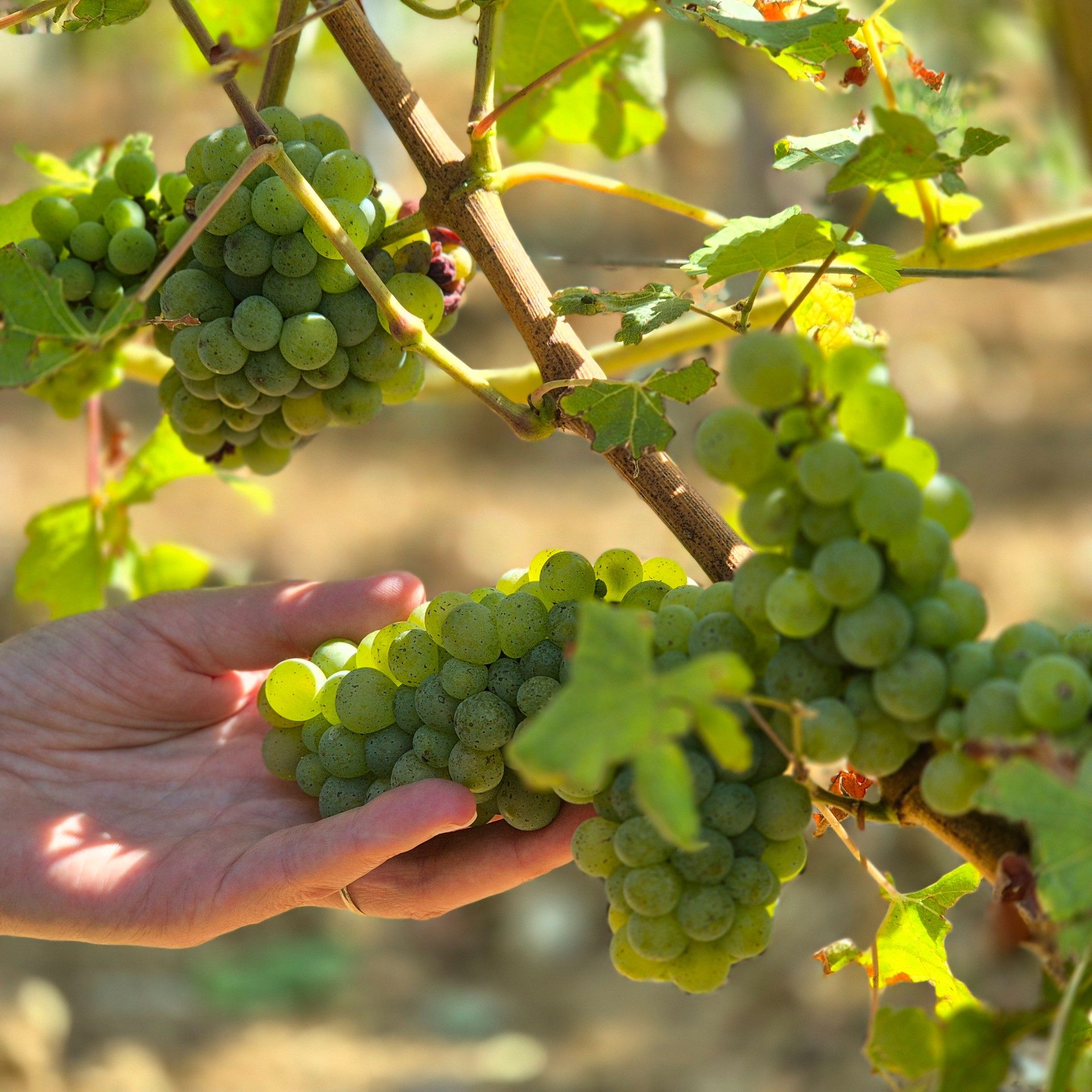The Vineyard of Château Lamothe-Bergeron:
Médoc Terroir and Sustainable Viticulture
Château Lamothe-Bergeron boasts 65 hectares in the heart of the Médoc, nestled between the villages of Margaux and Saint-Julien. This Bordeaux winery produces elegant yet powerful wines. These qualities are drawn from the natural world, such as the diverse soils in which the specifically chosen grapes grow and the nearby Gironde River. The estate combines tradition, innovation, and respect for the environment thanks to precise parcel management, a bold replanting programme, and sustainable viticulture (certified HVE and Terra Vitis). Each vintage, whether in red or white wine, expresses in perfect harmony the authenticity of the Médoc soil and the character of the climate.

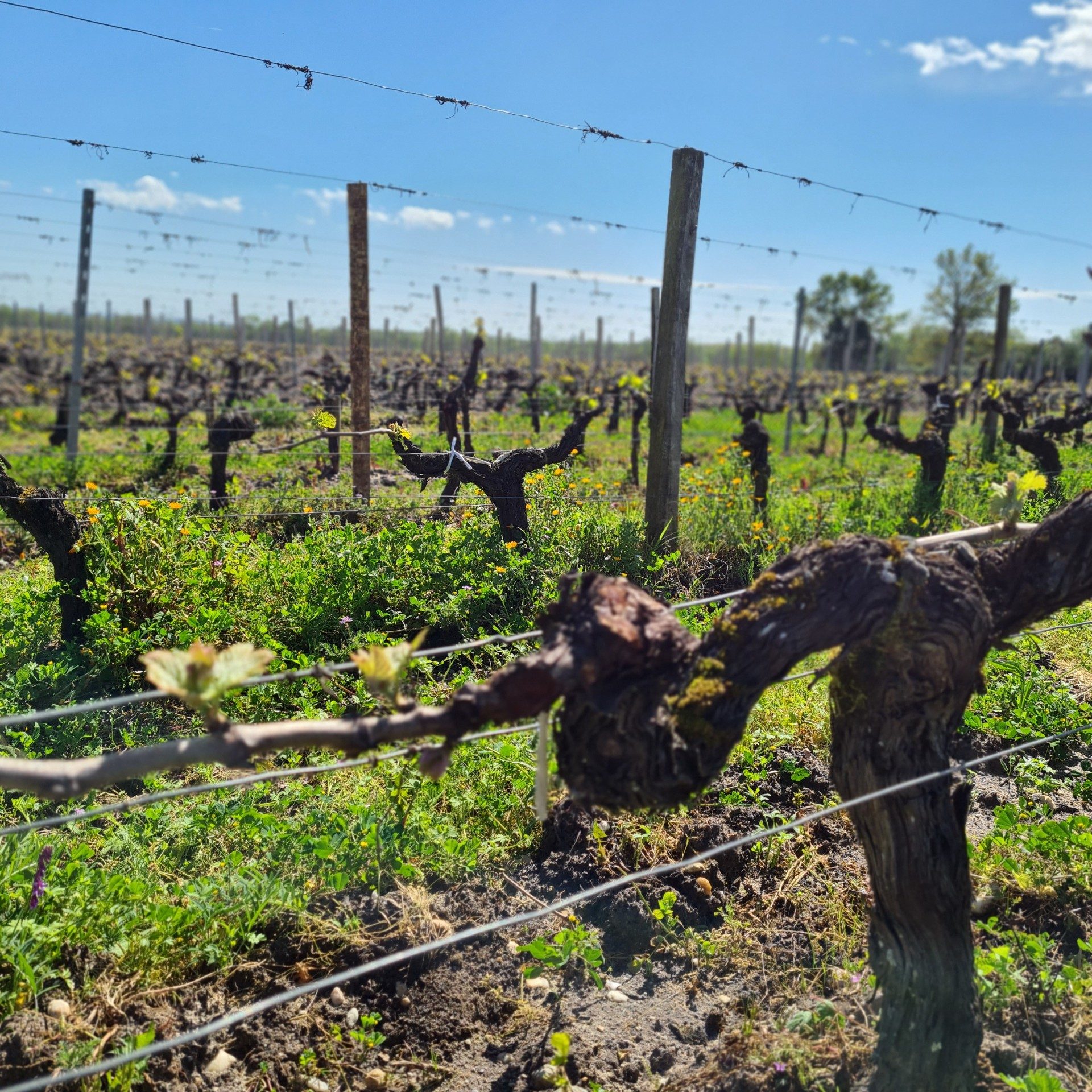
A Médoc Vineyard between Saint-Julien and Margaux
An Ideal Location on the «Route des Châteaux»
Château Lamothe-Bergeron is perfectly positioned on the prestigious Médoc “Route des Châteaux”, midway between Margaux and Saint-Julien. All the estate’s parcels lie in the commune of Cussac-Fort-Médoc, less than 3.5 km from the Gironde estuary. This closeness to the river creates a natural climate regulator: it shields the vines from summer heatwaves while also shielding against winter frosts. Such a microclimate, which ensures balanced ripening and consistent grape quality, is one of many advantages for Bordeaux wineries in the Médoc.
A Climate Tempered by the Gironde Estuary
Benefiting from a temperate oceanic climate, the vineyard enjoys steady rainfall and sunshine ideal for Cabernet Sauvignon, Merlot and Petit Verdot. The estuary moderates climatic extremes, ensuring balanced growth cycles. During harvest, this natural regulation reduces the risk of rot and extends the picking window, allowing precise selection of the ripest grapes. It is here, in this unique corner of the Médoc vineyards, that the terroir of Lamothe-Bergeron reveals its full expression in each vintage.
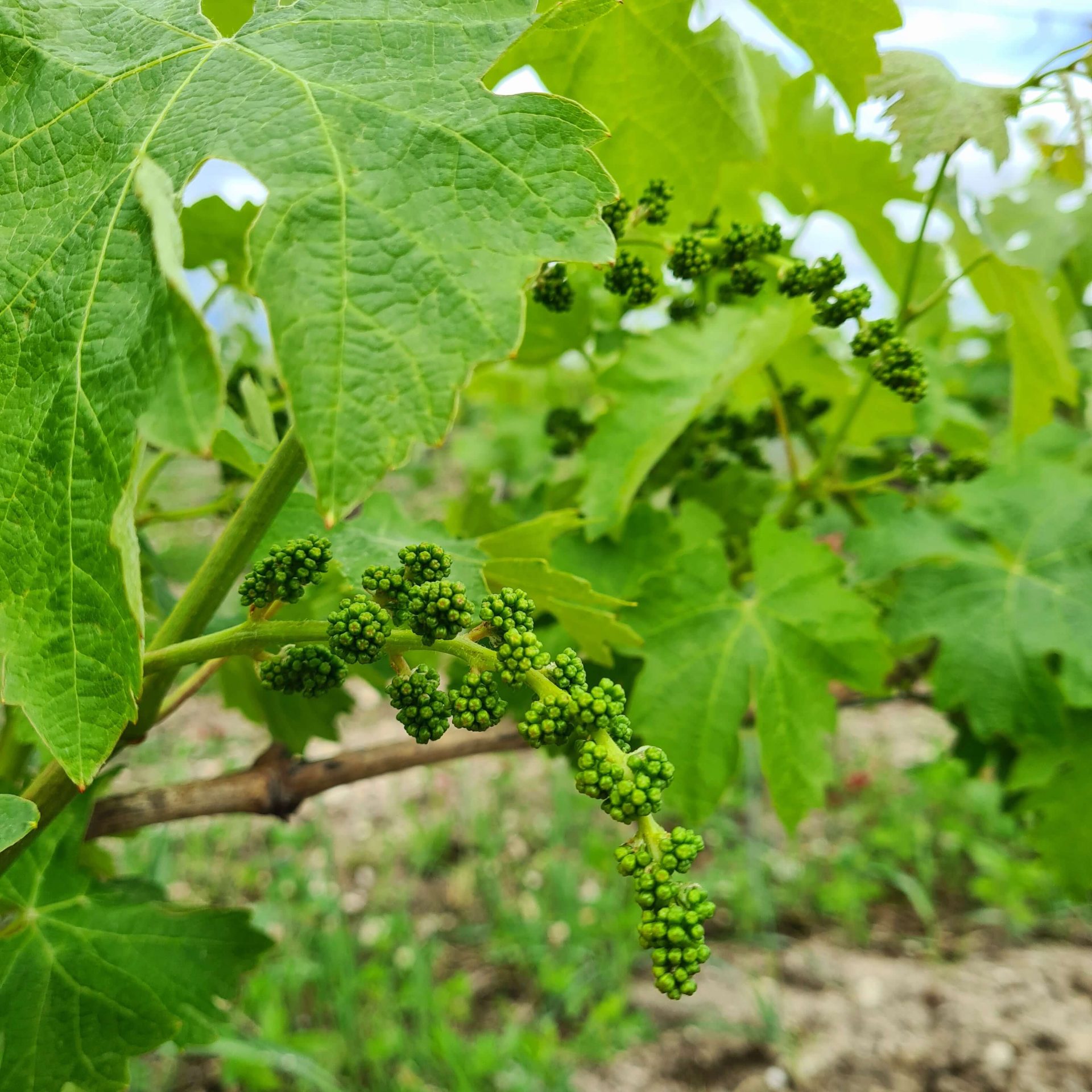
Diverse Terroirs for Great Médoc Wines
Gravel, Sand, Clay: A Mosaic of Médoc Soil
The vineyard of Château Lamothe-Bergeron is rooted in a mosaic of terroirs. Around the château, the vines grow on gravelly and sandy-clay terraces resting on a limestone-marl subsoil. These soils can both easily drain and retain water, making them optimal for powerful, red Médoc wines. To the west, on the Cussac plateau — one of the finest sites in the Médoc — vines thrive on gravel and pebbles that best support Cabernet Sauvignon growth. Further south, marl and clay soils favour Merlot, giving it suppleness and fruitiness.

Grape Varieties Complimentary to the Médoc Terroir
Each grape varietal whether Cabernet Sauvignon, Merlot, or Petit Verdot — is planted in the soil best suited to its characteristics. Since 2021, a vine replanting strategy plan has aimed to rebalance the vineyard to better suit each varietal. The Cabernet Sauvignon has been increased to 55% and the Petit Verdot to 5%, while preserving the fresh and expressive Merlot on cooler plots. This thoughtful approach results in more precise blends that truly reflect the Médoc terroir. This diversity is key to the complexity and identity of Lamothe-Bergeron wines.

A Handpicked Terroir for White Wines in the Médoc
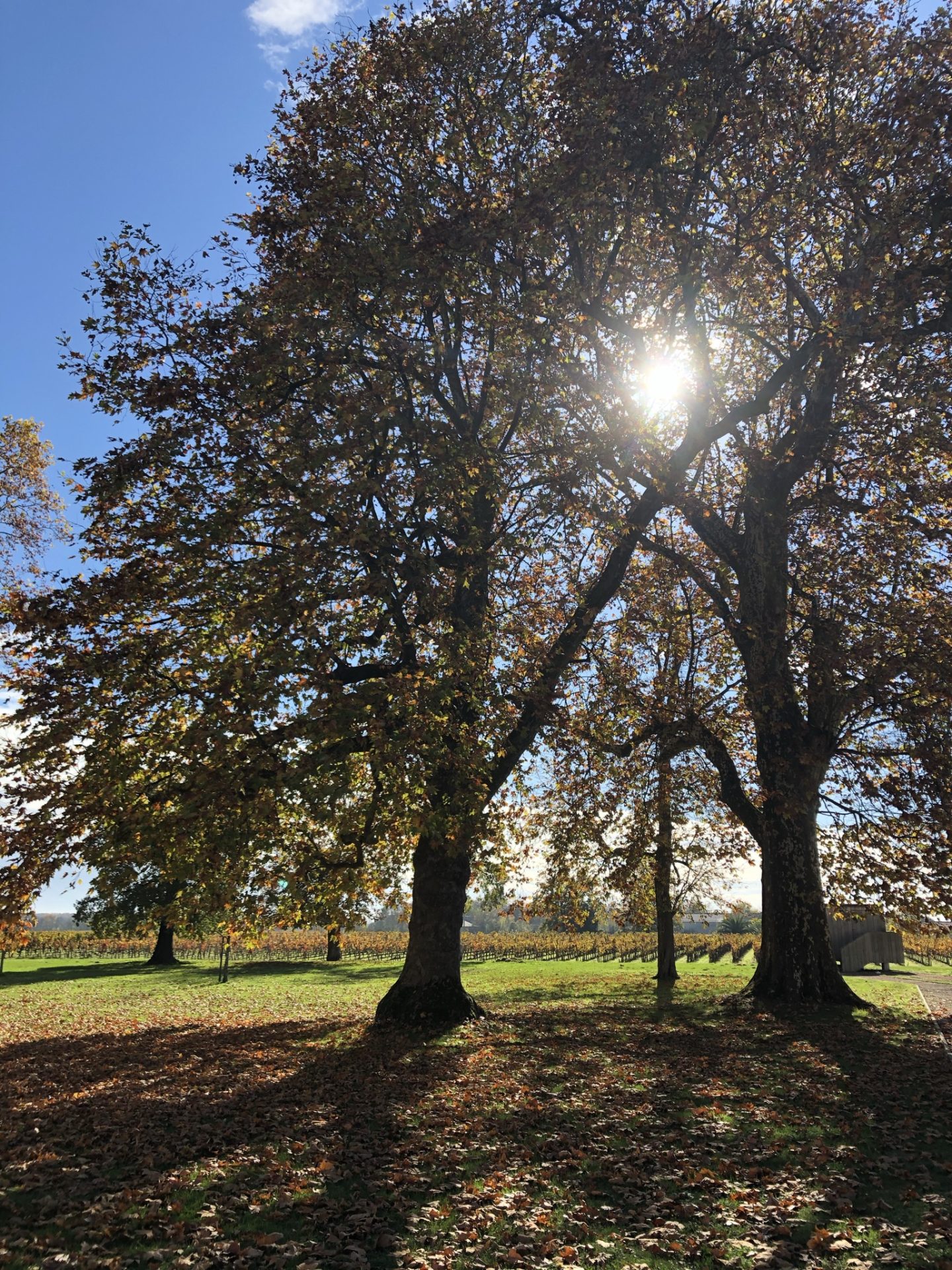
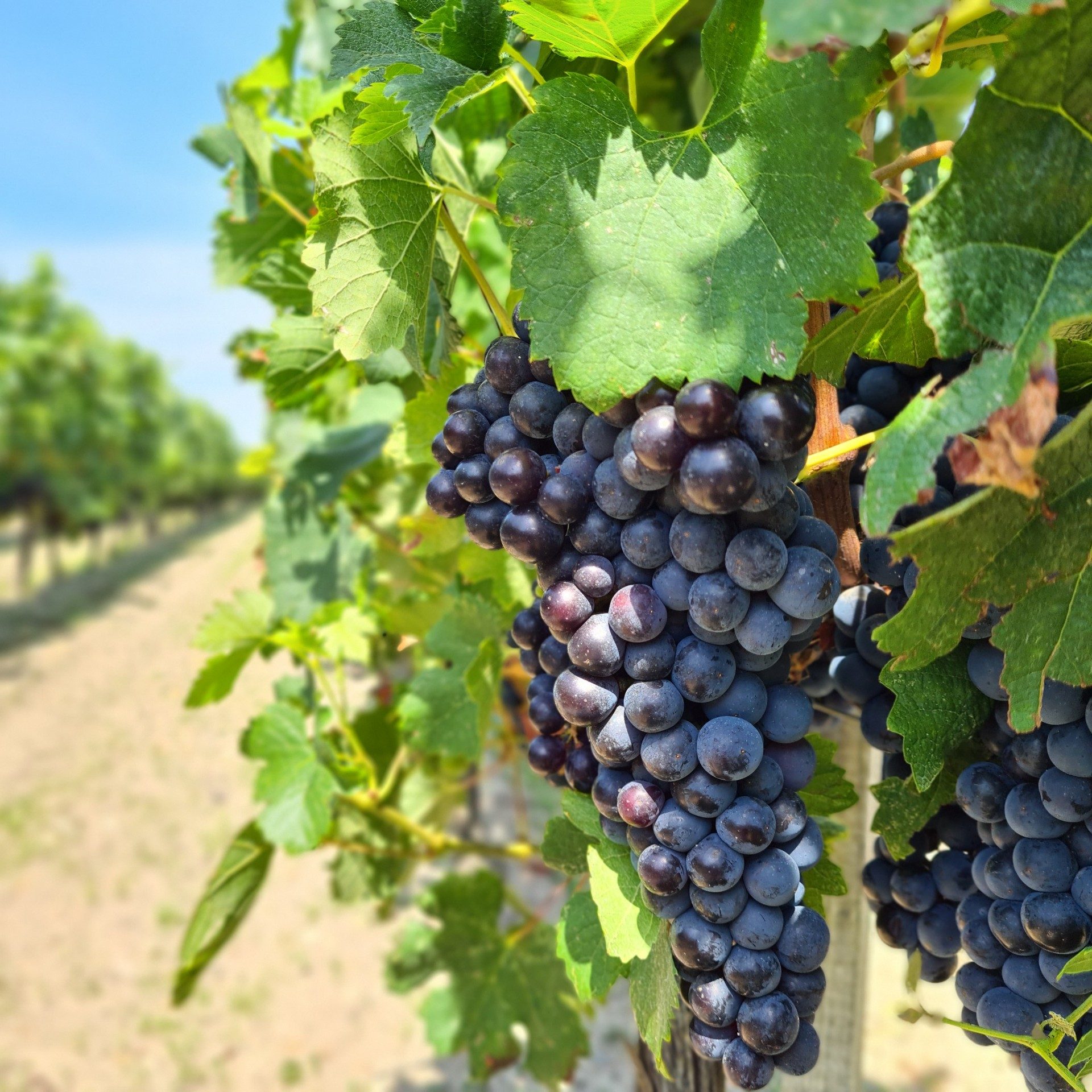
Sustainable and Certified Bordeaux Viticulture
Vineyard Restructuring 2021–2030
A major replanting programme has been underway since 2021 to adapt to evolving consumer preferences, an evolving market, and an evolving climate. Winter 2024–2025 marked a turning point with the uprooting of 25 hectares, accelerated by the global decline in wine consumption and oversupply. This strategic choice allows production to be more regulated, soils to be well-rested, and future plantings to be better prepared. The result: a Bordeaux vineyard more resilient and aligned with the world of tomorrow..
Pruning for Vine Health
As of 2020 the estate has shifted from traditional double Guyot to mixed Guyot pruning. This less aggressive method encourages vine strength, spreads out grape bunches to limit disease, and maintains a balance between yield and reserves. Supported by an expert monitoring consultant, this approach enhances resilience while reducing chemical inputs, contributing to Château Lamothe-Bergeron’s overall sustainable viticulture model.
Environmental Certifications and Eco-Friendly Practices
Certified High Environmental Value (HVE) and Terra Vitis, Château Lamothe-Bergeron applies eco-responsible vineyard management through reduced inputs, biocontrol solutions, elimination of glyphosate, and mechanical soil tillage. Through the collective Bordeaux Sustainable Impact programme, the estate improves continuously across environmental, social, and economic dimensions. Its mission is clear: to produce outstanding, sustainable Médoc wines while preserving the future of Bordeaux wineries.
Médoc White Wine: A New Chapter for the Estate
It Started with a Clay-Limestone Parce
In 2022, Château Lamothe-Bergeron broadened its portfolio by planting white grape varieties on a carefully selected parcel north-east of the castle. Rich in clay and limestone, this terroir preserves freshness and aromatic intensity, making it ideal for Médoc white wines. This decision is part of a broader strategy of climate adaptation and consumer-focused innovation.
Sauvignon Blanc, Sémillon, Muscadelle: An Elegant Bordeaux Blend
On these 2 hectares, Sauvignon Blanc provides freshness and tension, Sémillon adds roundness and complexity, and Muscadelle brings aromatic finesse. Cultivated under the same sustainable standards as the rest of the vineyard, the first harvest in 2024 gave birth to a precise, expressive and elegant white Bordeaux wine. This vintage symbolises both innovation and devotion to the Médoc terroir.
